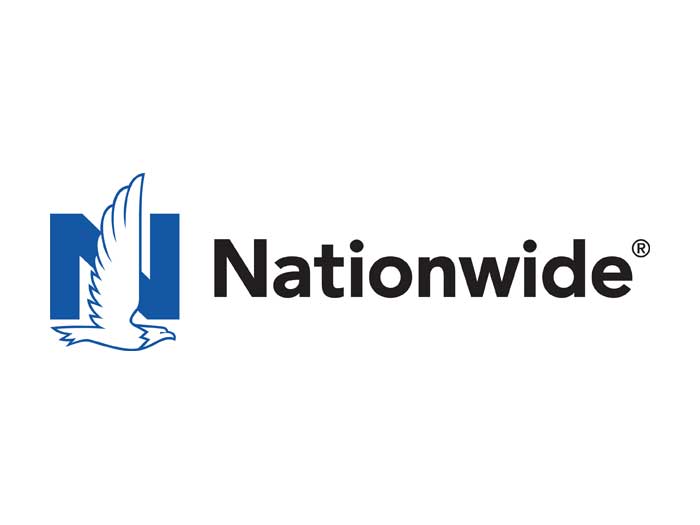How Automation and Digitization Are Changing the Overall Commercial Insurance Industry
Commercial insurance underwriting has been a manual, error-prone process; often laden with repetitive rounds of information gathering between the carrier, agent and customer. With today’s digital native landscape, customers, including business owners and agents, have much higher expectations for a more streamlined quote experience. They expect it to mirror their other daily transactions, which means fast, convenient transactions that are automated and digitally interactive.
This change in expectations is, in part, due to an increasing generational shift in both customer and business owner demographics. By next year, millennials will become the largest generation in the U.S.[1], but roughly, 27 percent of insurance employees are under the age of 35.[2]
Research from LexisNexis Risk Solutions[3] found that 90 percent of insurance professionals said faster turnaround time is the most important factor in providing a positive experience to commercial customers. Commercial carriers recognize this shift, yet, they lag behind the industry in making the necessary digital investments to provide that experience.
Investments in digital capabilities to enable direct and automated customer service have become table stakes. The personal lines insurance market learned this lesson long ago. Many personal lines customers purchase auto and home policies online with little to no agent interaction. Several of those carriers now boast the ability to provide quotes in minutes, thanks to investments in automation, digital, and direct-to-consumer capabilities.
Beyond changing customer expectations, commercial carriers are dealing with an evolving competitor landscape that includes upstart insurtechs and other non-traditional competitors who are going to market with digital-first solutions. Many aim to streamline the quote and application process, while others provide a direct distribution channel between the carrier and business owner.
Where to Invest in Automation
Advanced linking technology, combined with more publicly available data sources about applicants can help to expedite the quoting and underwriting process. One of the most promising areas of digital automation for commercial insurance can be found in data prefill solutions. Using only a few customer data points, such as business name and address, applicant information is pre-populated, significantly reducing the data input required for commercial applications, mitigate premium leakage, increase the speed of quote, and provide additional underwriting insights.
Consider the case of a small, locally owned pretzel business. With her commercial insurance up for renewal, the business owner remembers how long and complicated the agent’s questions were the last time she got a policy. Not only that, the agent submitted an incomplete application the last time to avoid hassling her with follow-up calls to get additional details. As a result, the underwriter did not have all the necessary information needed, which delayed turnaround time by more than a week.
If the agent had been able to utilize a commercial data prefill solution, the business owner’s experience could have been much more positive. Providing just basic information like the name and address of the business, she could then easily verify the self-populating details about the business, rather than having to estimate or search for that information to provide to the agent.
Data prefill solutions can automate the delivery of critical data like firmographics, property, workers’ compensation, and vehicle and driver information in real time. This level of automation helps to improve the customer experience by streamlining the most tedious part of the underwriting process, while pleasing the customer with much faster quote turnaround times.
Agents and carriers are rewarded as well by fostering customer loyalty. Rather than spending time on data entry, agents with access to commercial data prefill tools can shift the focus to the customer’s needs. Carriers who invest in data prefill tools also benefit by making it easier for business owners and agents to do business with them, becoming their carrier of choice.
Data prefill solutions help enhance data quality. Carriers that use the solution can shift the emphasis from data collection to data validation, and mitigate the risk of missing information or data entry errors. Using data prefill as part of the standard workflow can help commercial carriers to support faceless transactions, develop direct-to-consumer products, and access new customer segments, among other new opportunities.
Further, automation can help boost profitability. More accurate and complete applications can help carriers triage applications to make better use of underwriting resources. Perhaps more significantly, data prefill can help underwriters price risks more precisely, which ultimately results in a healthier book of business. &
Liz Rozier, Vertical Market Manager for Commercial Insurance at LexisNexis Risk Solutions, also contributed to this article.
[1] Millennials projected to overtake baby boomers as America’s largest generation, Pew Research Center, March 2018
[2] A labor market that works: Connecting talent with opportunity in the digital age, McKinsey & Company, 2015
[3][3] LexisNexis Risk Solutions Study, Market Trends and the Current State of Commercial Insurance, 2018










